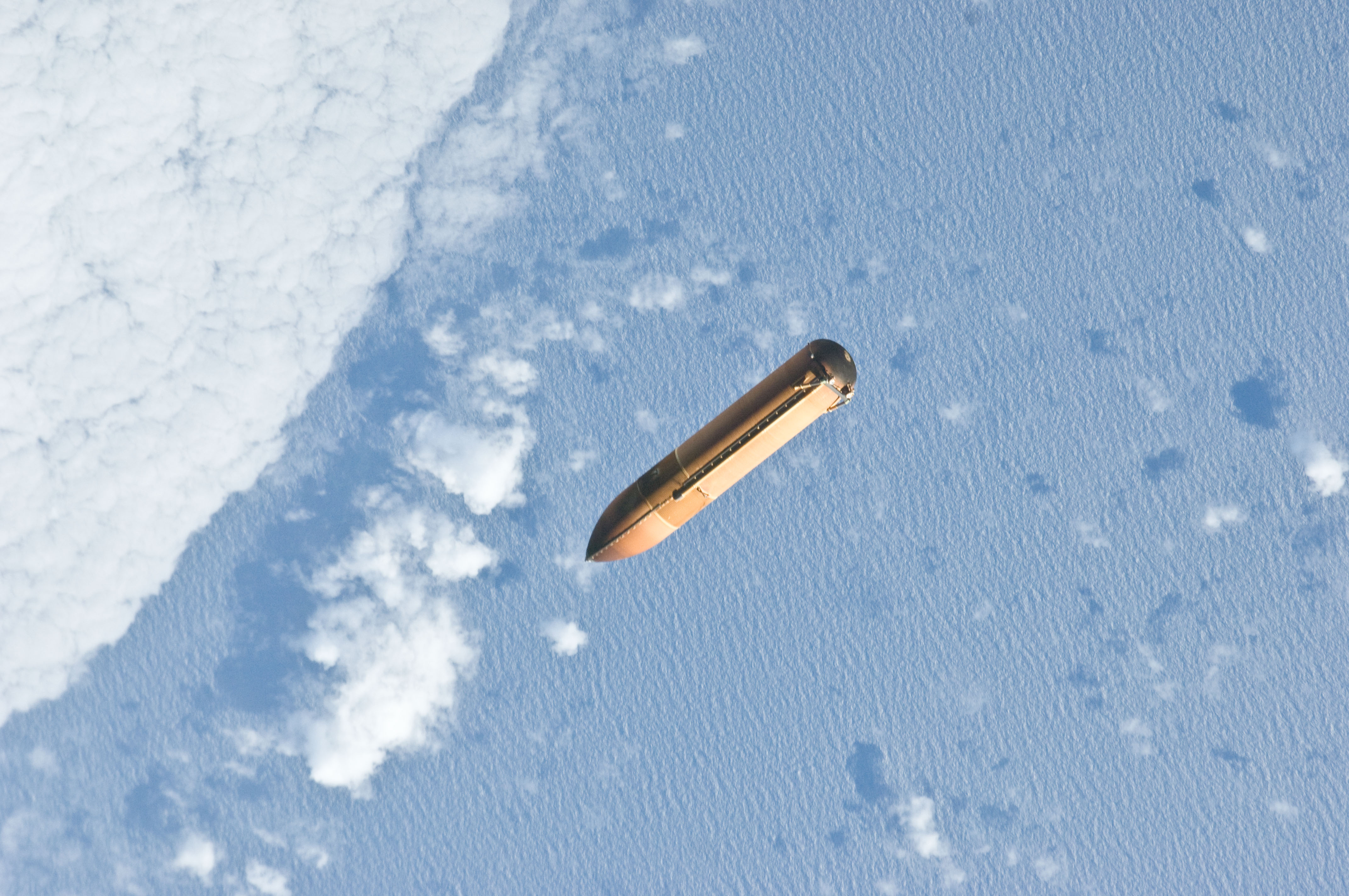List of large reentering space debris on:
[Wikipedia]
[Google]
[Amazon]

 This is a list of artificial objects reentering Earth's atmosphere by mass (see space debris). Such objects are often completely destroyed by reentry heating, but large enough objects or components can survive. Most of the objects which reenter are relatively small; larger objects have survived but usually break up into smaller pieces during reentry.
The list includes group entries for the 134
This is a list of artificial objects reentering Earth's atmosphere by mass (see space debris). Such objects are often completely destroyed by reentry heating, but large enough objects or components can survive. Most of the objects which reenter are relatively small; larger objects have survived but usually break up into smaller pieces during reentry.
The list includes group entries for the 134

 This is a list of artificial objects reentering Earth's atmosphere by mass (see space debris). Such objects are often completely destroyed by reentry heating, but large enough objects or components can survive. Most of the objects which reenter are relatively small; larger objects have survived but usually break up into smaller pieces during reentry.
The list includes group entries for the 134
This is a list of artificial objects reentering Earth's atmosphere by mass (see space debris). Such objects are often completely destroyed by reentry heating, but large enough objects or components can survive. Most of the objects which reenter are relatively small; larger objects have survived but usually break up into smaller pieces during reentry.
The list includes group entries for the 134 Space Shuttle external tank
The Space Shuttle external tank (ET) was the component of the Space Shuttle launch vehicle that contained the liquid hydrogen fuel and liquid oxygen oxidizer. During lift-off and ascent it supplied the fuel and oxidizer under pressure to th ...
s used between 1981 and 2011. During Space Shuttle launches, the tanks reached space without reaching orbit and re-entered the atmosphere, breaking apart before impacting the ocean. The mass of those tanks varied throughout the years, as improvements made them lighter - successive modifications reduced their empty weight from approximately to approximately for the Super Lightweight Tank used after 1998. The tanks were also not necessarily completely empty when discarded.
Many other launch systems have discarded spent stages into space, but not all stages go into orbit or even reach space (by passing the Kármán line). For example, the Space Shuttle side boosters did not reach space, as the highest altitude reached during their flight was only about 220,000 feet (67 km).
Examples of heaviest re-entering spacecraft or components
See also
* Center for Orbital and Reentry Debris Studies *Space Shuttle external tank
The Space Shuttle external tank (ET) was the component of the Space Shuttle launch vehicle that contained the liquid hydrogen fuel and liquid oxygen oxidizer. During lift-off and ascent it supplied the fuel and oxidizer under pressure to th ...
* List of heaviest spacecraft
* List of space debris producing events
References
{{reflist * * Space debris Space debris